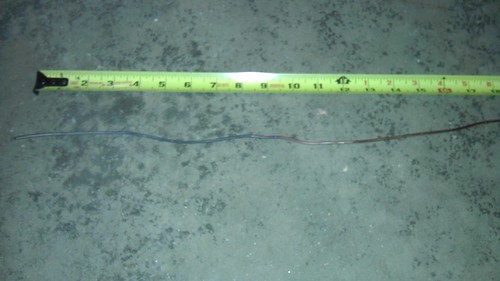In my own case, for the first time in the five years of operating the AHS 130 I have been completely free of puff backs for the entire season. The big change I made this year was reducing the thermo grate setting so that I also now see glowing coals even a significant time after the last fan operation. The other change for this season was a new load of coal (something I get every year) and until I have a couple more seasons with new loads of coal I have to note that a different coal supply might be affecting my results.
My draft drops as low as .02 on warmer days when the unit has not fired for some time and my own experience with puff backs has been that they occur at the end of a firing cycle--when draft tends to be highest--so I am skeptical that the draft inducer is making the difference for your friend.
It would be interesting if your friend was willing to experiment--try turning the draft inducer off and see if it brings the booms back--try removing the paper clip and see if the booms return.
Freddy wrote:Good day. My buddy with the AHS130 is in his 4th year. This year he has had more puff backs than ever. The obvious reason is a change of coal. He is still using Kimmel Pea size, but it is a different truckload this year. Obviously it has different characteristics. The first 3 years he would have a subtle boom on rare occasion. This year he has been troubled with heftier puff backs on a regular basis. I'm writing now as he has finally made changes that have made a huge difference. Hopefully a total and forever difference.
Big change #1: He installed a draft inducer with a rheostat. He now has "dial a draft". He wired it so it only runs while the fan is running and maintains a draft of .04. That made a good change, but still he had some minor puff backs.
Big change #2: He finally figured out how to set the Fugi control. The factory found the manual & emailed it to me. Come to find out the control was locked. Attached is the Fugi user manual. On page 19 you'll find the Lock system. Even following the manual it's tricky to un lock it, but we finally got it and then changed the ash temps. Before the asher came on at 130 and shut off at 140. Now it comes on at 125 and shuts off at 130. If any of you have the Fugi control and have trouble let me know & I'll be glad to try & help. Basically he set it at a low of 120, a high of 150, a Hysteresis of 5 and then told it to shut off at 130. It's odd how the "150" remains in the equation, but that's how it likes it. The very last hing you do is tell it the temp you want it to shut off at. His asher is allowed to run whenever it wants. I understand some people have wired it so the asher only runs while the fan is running. If he ever has another boom, this will be changed.
Change #3. He added a thick paper-clip to the bottom of the flapper door.
At this point he has been boom free for four days. Hopefully his issues are a thing of the past & hopefully this info can help others.



